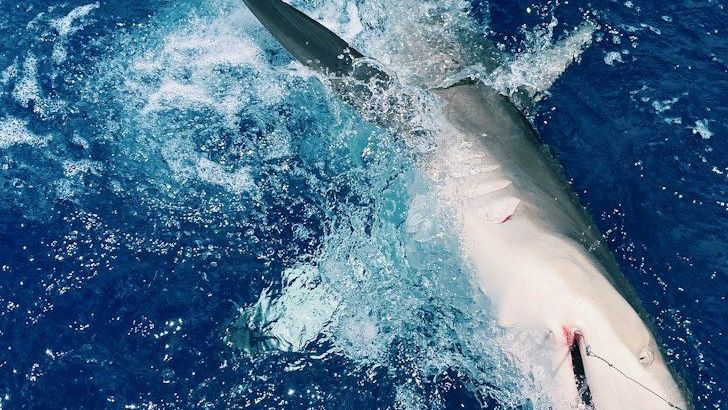- What Earth’s Magnetic Field Has to Do With Climate History - October 7, 2025
- The Science Behind Heat Domes and Their Growing Impact - October 7, 2025
- What Ancient Lake Beds Teach Us About Past Rainfall Patterns - October 6, 2025
The Golden Years of False Bay
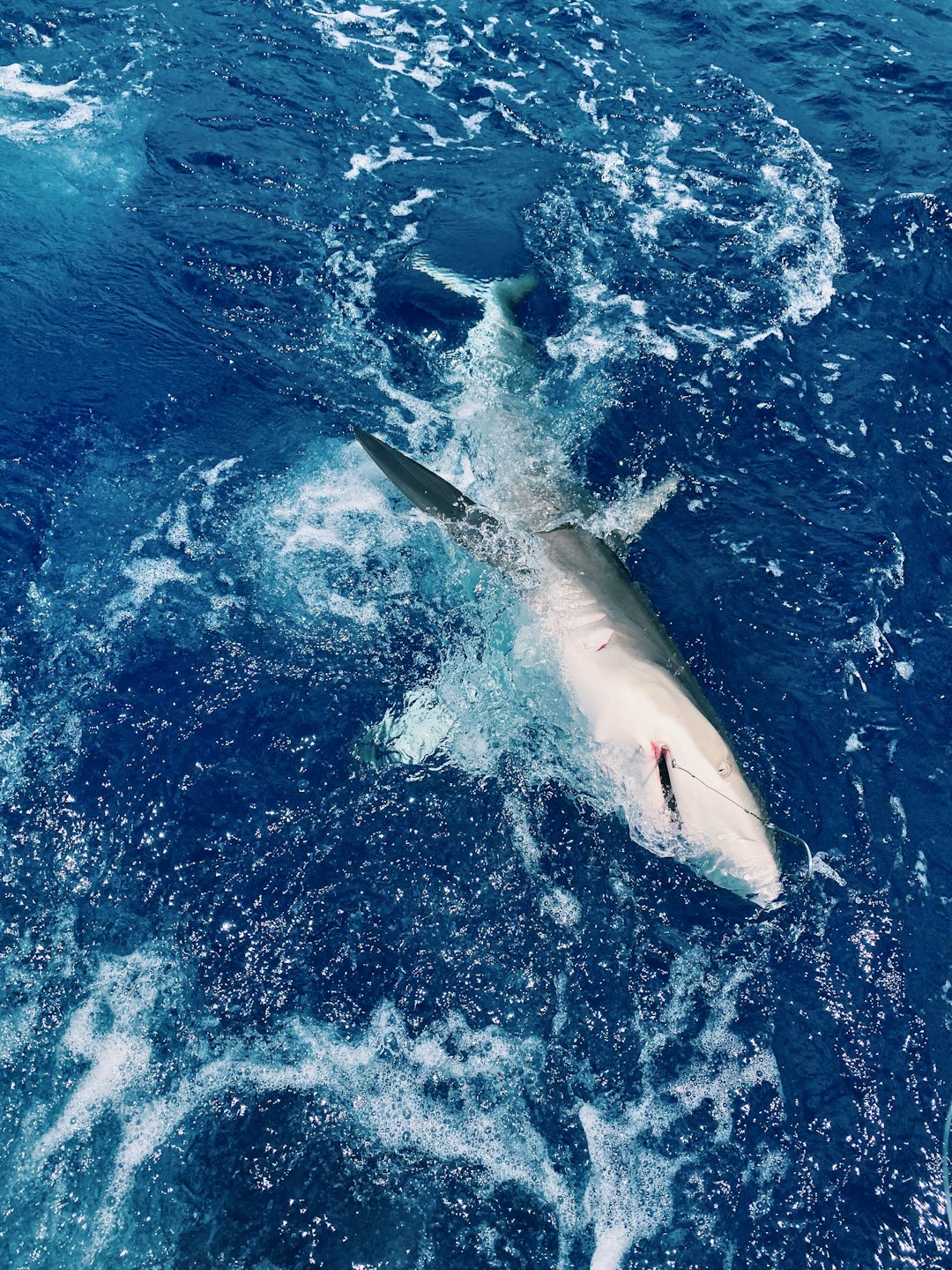
For more than two decades, False Bay in South Africa stood as the crown jewel of great white shark viewing. Twenty years ago, Seal Island was “the greatest place on earth to see great whites,” and was one of the few places on Earth where the sharks could be seen surging out of the water to capture prey. The flying sharks of False Bay became the most famous sharks in the world. South Africa’s False Bay was once known as a global hotspot for great white sharks. These waters attracted thousands of international tourists and scientists who came specifically to witness nature’s most spectacular marine predator in action.
The area around Seal Island became legendary for its shark breaching behavior. There was nothing more remarkable in nature than seeing a 2,000-pound great white flying out of the air with a seal in its mouth. The Discovery Channel’s “Air Jaws” series, filmed extensively in these waters, brought the area global recognition and billions of views since 2001.
The Dramatic Decline Begins
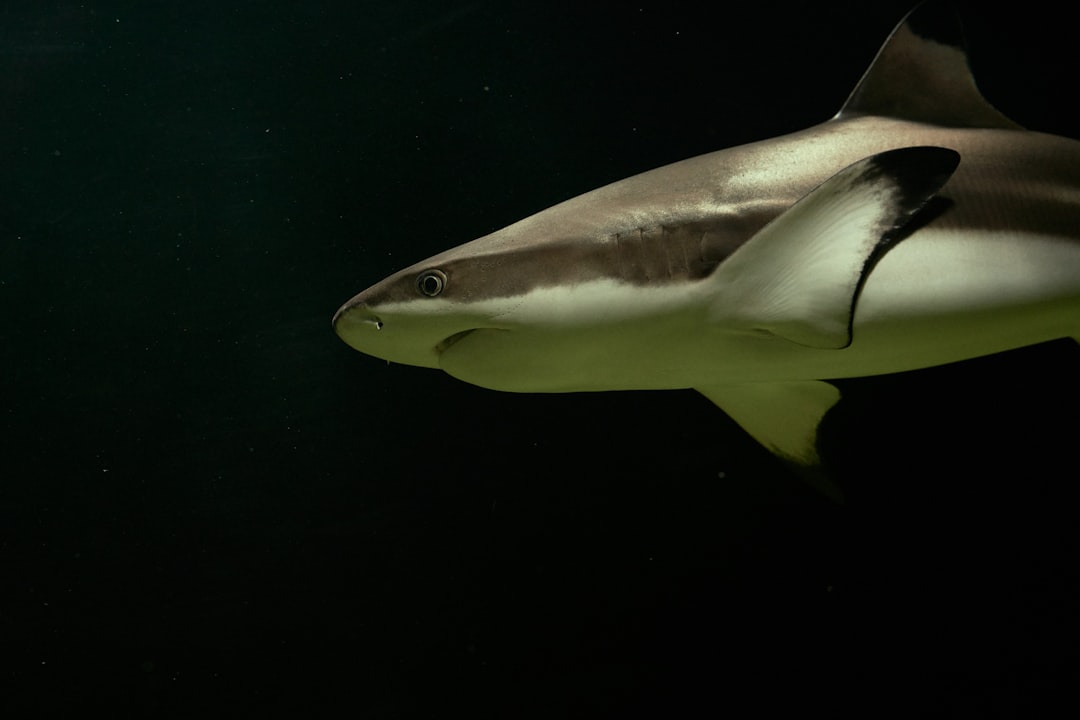
Around 2010, white shark numbers around False Bay started dropping off, and the decline got steeper from 2015 on. By 2018, the great whites were gone. What had once been a reliable viewing location for nearly two decades suddenly became barren of its star attractions. Within the span of a few years, between 2015 and 2019, this apex predator vanished from the area, leading to profound ecological changes.
The numbers tell a stark story of decline. Between 2000 and 2015, white shark relative abundance in boat-based surveys averaged 1.64 shark sightings per hour, whereas between 2016 to 2020, white shark relative abundance declined to 0.3 per hour, representing a 82% decrease. No white sharks were sighted in False Bay since August 2018.
The Collapse of Tourism Industry
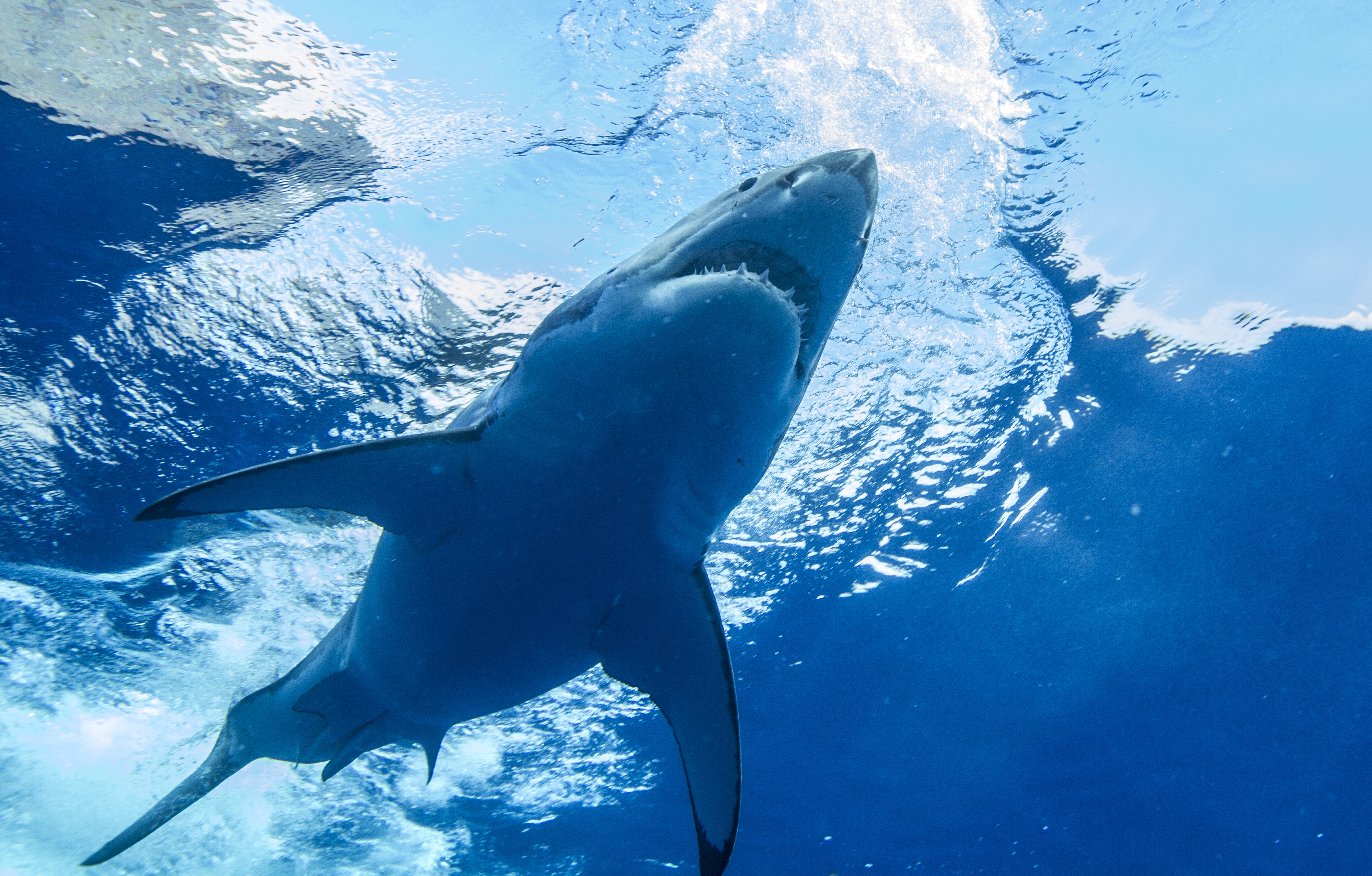
The economic impact hit the region like a tidal wave. The cage diving industry was a death blow to False Bay and the Cape South Peninsula’s largest non-governmental tourism sector, which brought in more than 7,000 international tourists a year. After Boulders Beach, shark tourism in False Bay was the largest marine tourism venture in the southern peninsula.
The industry was described as “the lifeblood of Simon’s Town,” which kept hotels, B&Bs and restaurants alive during the doldrums of winter. Until recently a significant colony of the predators was a permanent fixture in the bay, making it a key attraction in the Western Cape Province’s €2.3-billion-a-year tourism industry, with thousands of international tourists and scientists traveling to False Bay annually to observe the massive sharks. Without the sharks, this multimillion-euro industry faced unprecedented challenges.
The Serial Killers of the Ocean
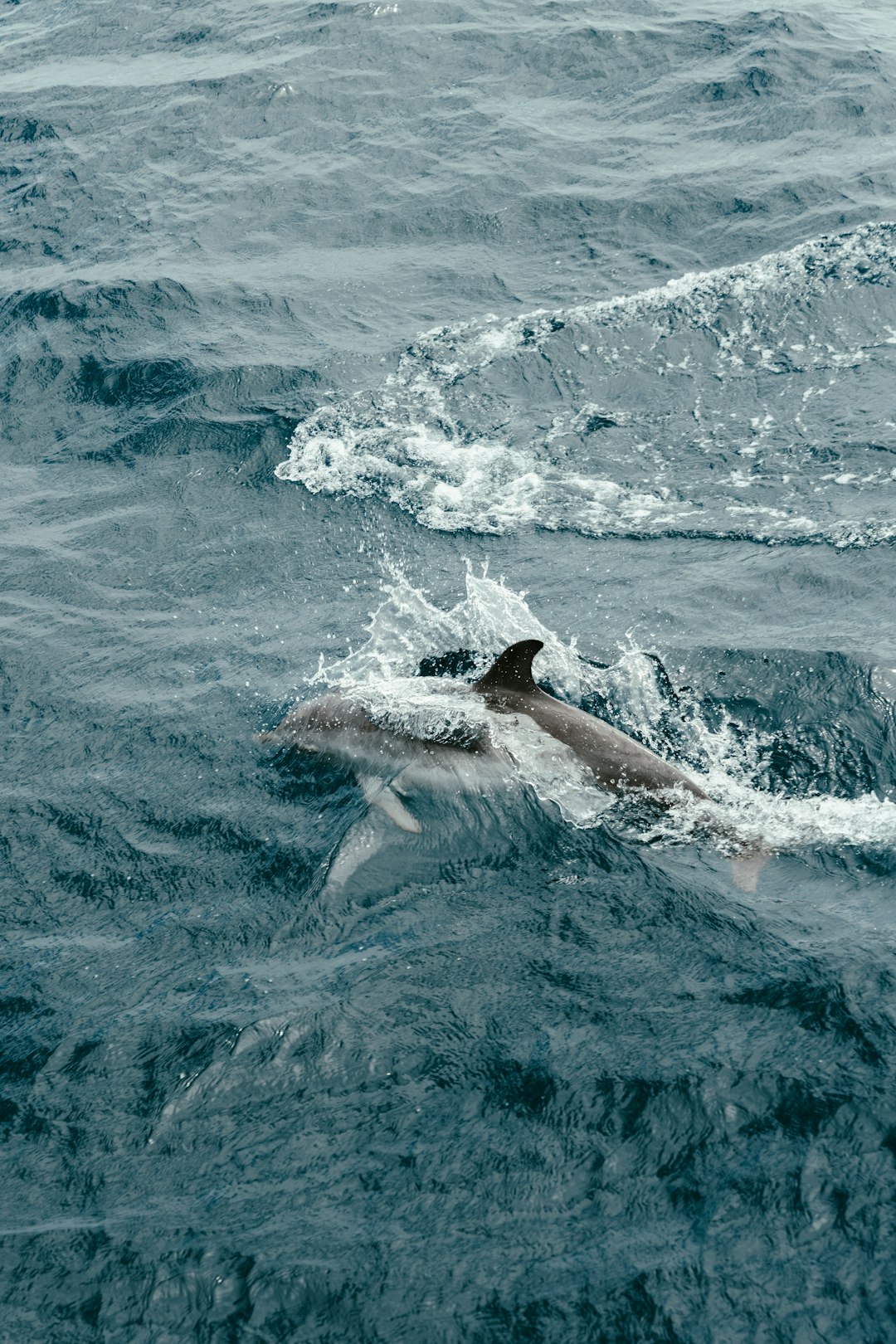
While several factors contributed to the sharks’ disappearance, one of the most dramatic was the arrival of two notorious killer whales known as Port and Starboard. A pair of killer whales, known as Port and Starboard, have been attacking great white sharks near the tourist hotspot of Gansbaai since 2017, targeting them for their nutrient-rich livers. Two killer whales have killed dozens – if not hundreds – of sharks, including the vaunted great whites, with an ease that has stunned marine biologists.
The precision of these attacks was surgical in nature. The first great white shark carcass washed ashore in February 2017, in Gansbaai. Over the next several months, four more were found, all with tears to their underbelly near their pectoral fins and none with livers. One major observation was that sharks were missing their entire liver, and it was very likely that an orca may have been responsible for this type of injury.
Solo Hunting Mastery
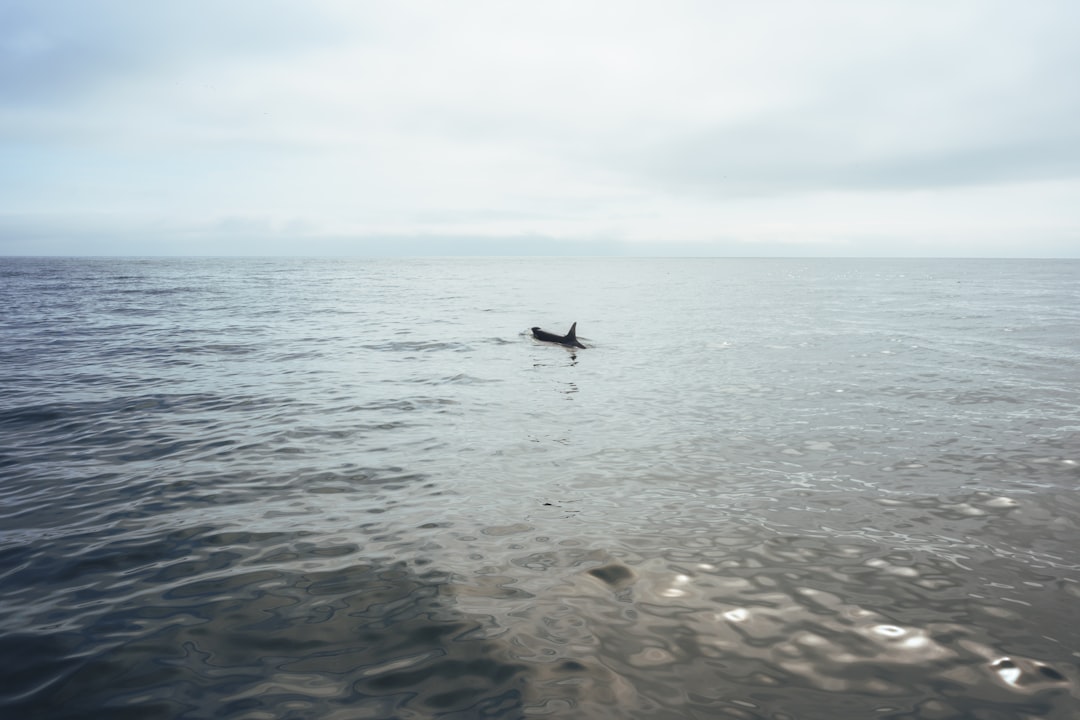
What shocked scientists even more was discovering that these killer whales had perfected their hunting technique to an extraordinary degree. Footage showed that Starboard was capable of attacking a great white shark and removing its liver in just two minutes, without any help. Scientists witnessed one of the hunters, a male orca known as Starboard, single-handedly kill a 2.5-meter juvenile white shark within a two-minute time frame, gripping the left pectoral fin and thrusting forward before eviscerating it, later being photographed with a “bloody piece of peach-colored liver in its mouth.”
This behavior represented a significant evolution in predation strategy. Orcas are known for working together to hunt even the largest prey, making Starboard’s behavior a marked departure. “Starboard’s predation strategy here really surprised us,” said shark expert Alison Towner. The precision and efficiency of these attacks earned them the nickname of serial killers among marine biologists.
The Science Behind the Disappearance
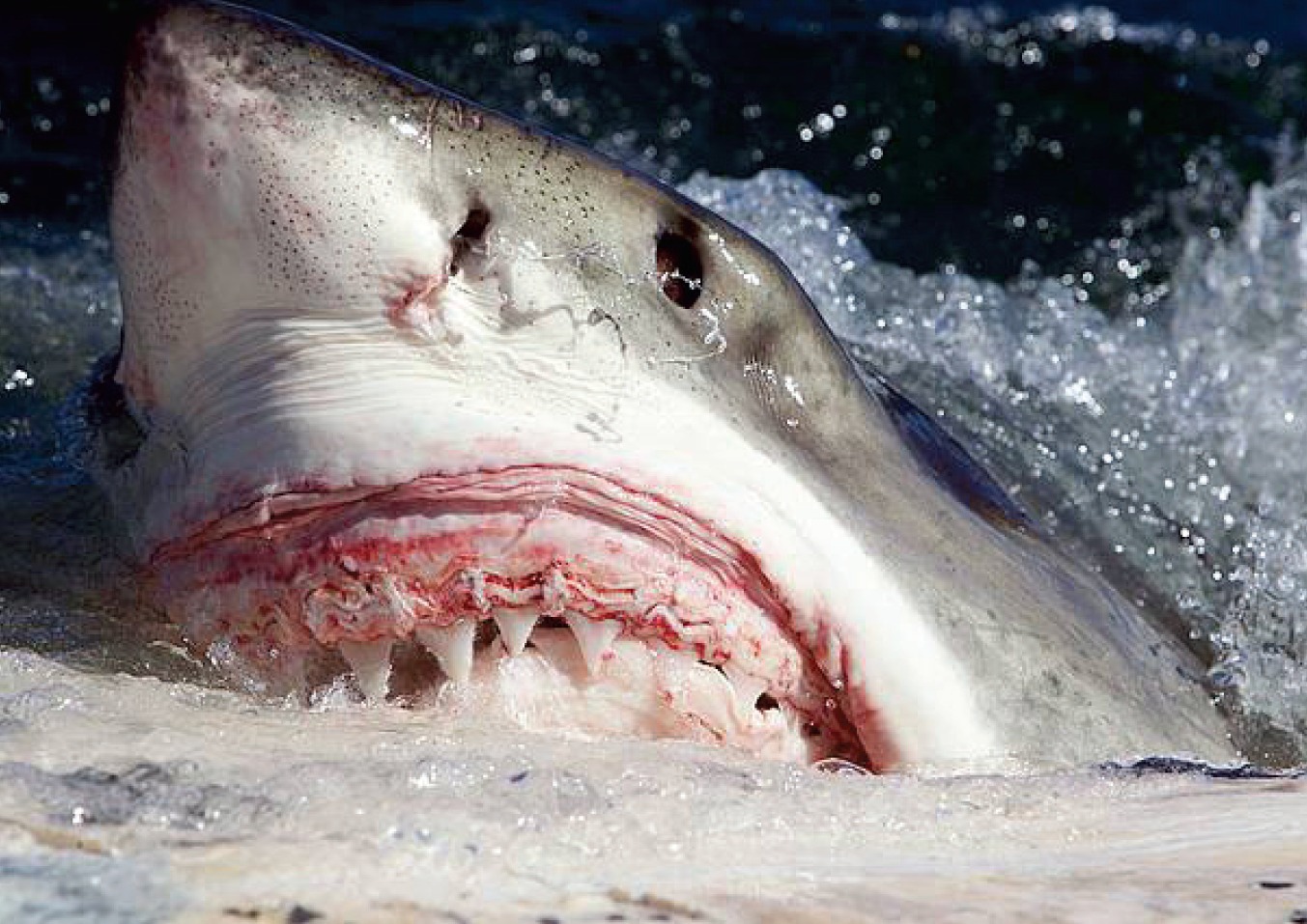
Researchers documented this unprecedented ecological shift with meticulous detail over more than two decades of data collection. The unique dataset was collected as part of a 20+ year monitoring program from False Bay, South Africa, using a combination of long-term boat-based surveys of shark sightings, citizen science observations on Cape fur seals, and Baited Remote Underwater Video Surveys (BRUVS) of fishes and small sharks.
The study revealed multiple contributing factors to the shark decline. Known removals of white sharks by the KwaZulu-Natal Sharks Board’s lethal shark control program were high enough to drive regional population declines. Long line fisheries had targeted demersal sharks that live just above the seabed, like critically endangered soupfin sharks and smooth-hound sharks, for decades. However, the orca predation appeared to be the final straw that broke the ecosystem’s balance.
The Ecosystem’s Domino Effect
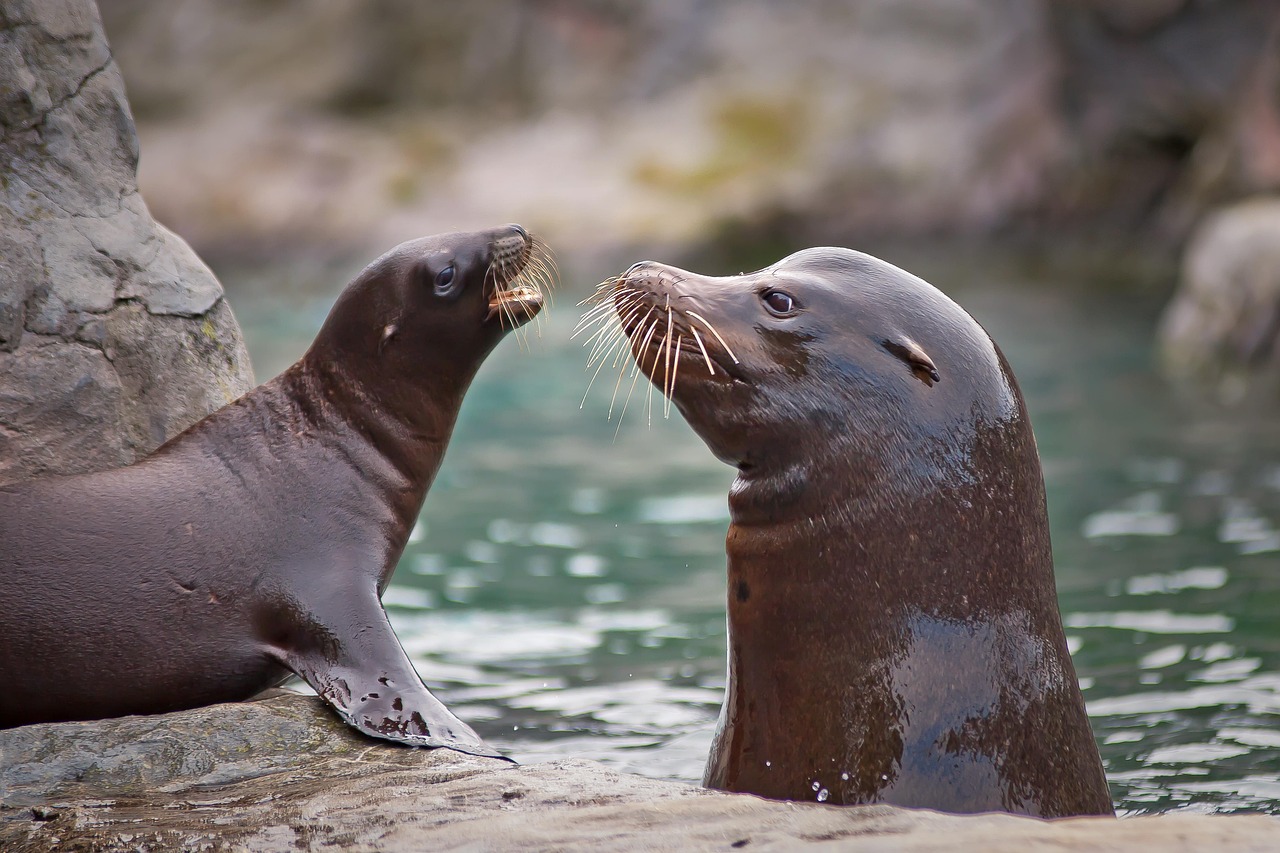
With the apex predator gone, the entire marine food web began to unravel. The disappearance triggered a trophic cascade in the local marine ecosystem – a domino effect that rippled down the food chain. With the loss of the sharks, populations of their prey species like Cape fur seals and sevengill sharks in the study area increased, while the number of small fish and smaller sharks that sevengills prey upon declined.
The Cape fur seal population increased, and safe from the threat of sharks, seals were rafting – floating in groups, like a living raft – and going after the cage divers’ bait. This would have been suicide just a few years earlier. The behavioral changes were immediate and dramatic, showing how quickly marine ecosystems can shift when key predators are removed.
Unexpected New Residents
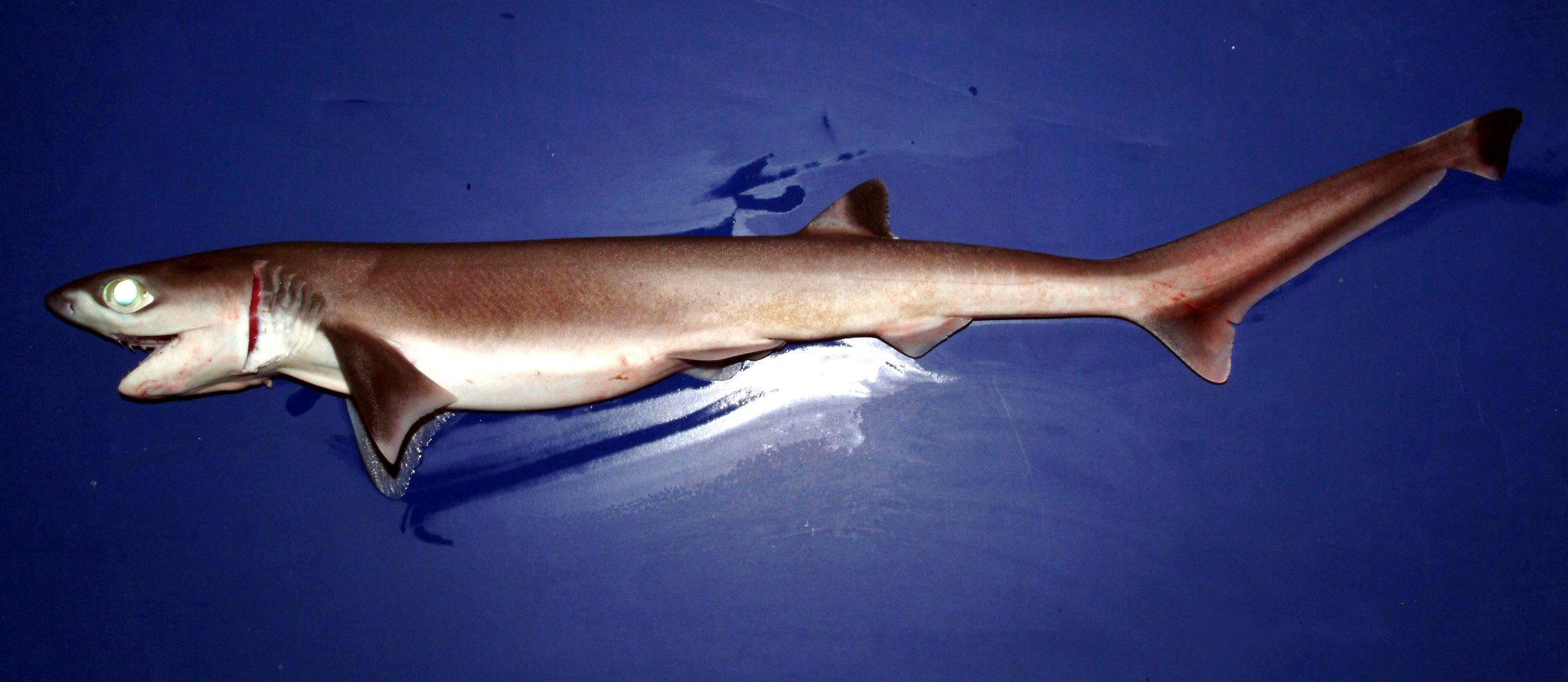
Perhaps the most surprising change was the sudden appearance of sevengill sharks in areas they had never been seen before. Broadnose sevengill sharks suddenly appeared – sometimes as many as 15 in one day. These animals usually hang out several kilometers away in kelp beds, which offer protection from great white attacks. “From nothing to double digits. It’s just mind blowing,” said researcher Neil Hammerschlag.
Researchers started seeing sevengill sharks at the boat instead of great whites, which was mind-blowing. These sharks had typically stayed away from where their predators were hunting, preferring the kelp forests of False Bay, more than 20 kilometers from Seal Island. This behavior shift illustrated the profound influence great whites had on the spatial distribution of other marine species.
The Ripple Through Fish Populations
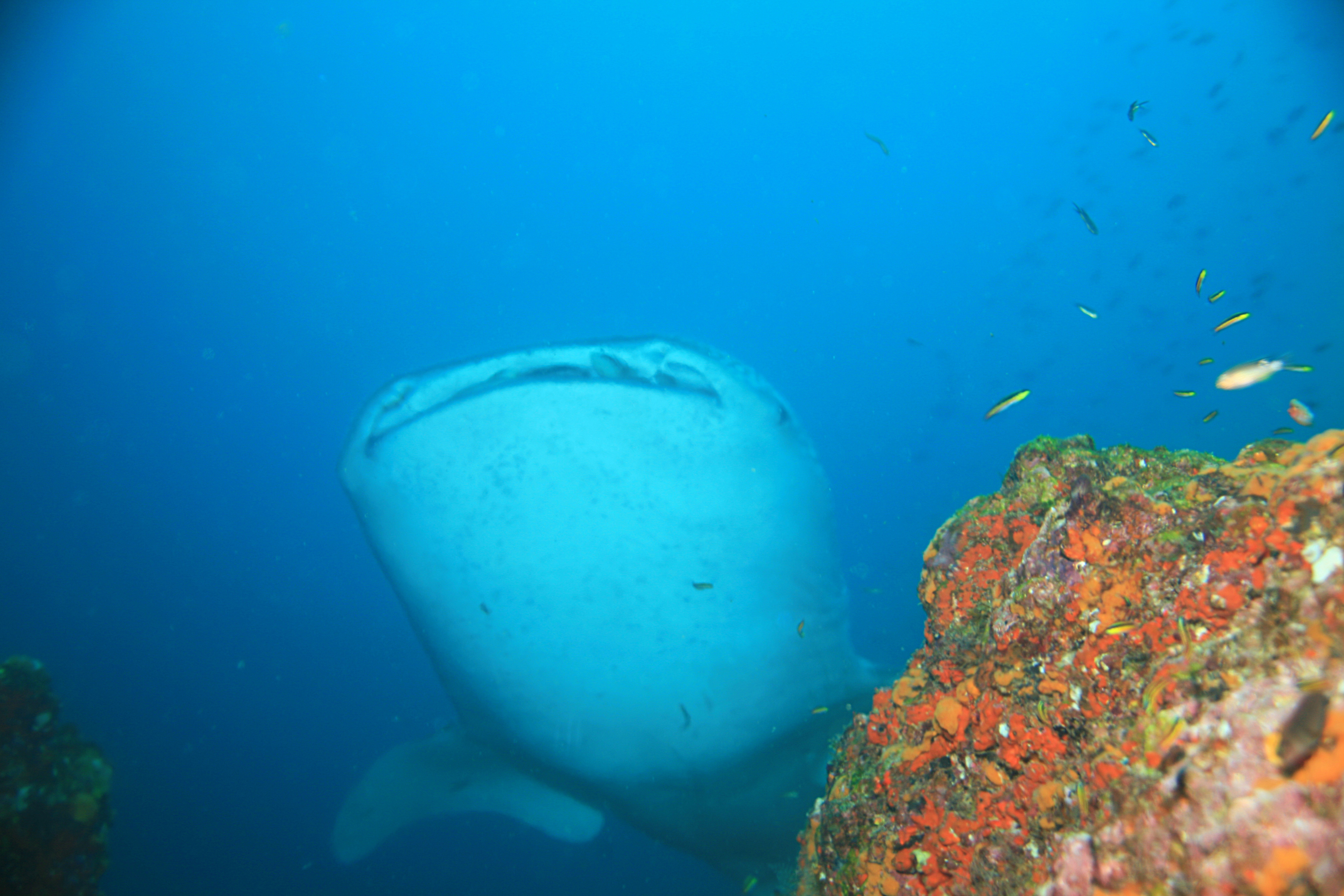
The disappearance created cascading effects throughout the entire food web. The new data showed a decline in seal prey like anchovies and Cape horse mackerel and sevengill prey, such as smoothhound sharks and pyjama catsharks. Fish like anchovies and sardines, essential food sources for many marine animals, saw numbers decline noticeably. Less prey availability didn’t just impact seals – it harmed seabirds, dolphins, and other fish species dependent on those same resources.
The researchers used sophisticated methods to track these changes. The use of underwater video surveys conducted more than a decade apart provided a snapshot of the food web both before and after the disappearance of white sharks from False Bay. The number of individuals of a given species recorded on the videos not only informed about their numerical abundance, but also their behavior, as species under increased predation risk often become more elusive.
Desperate Attempts at Revival
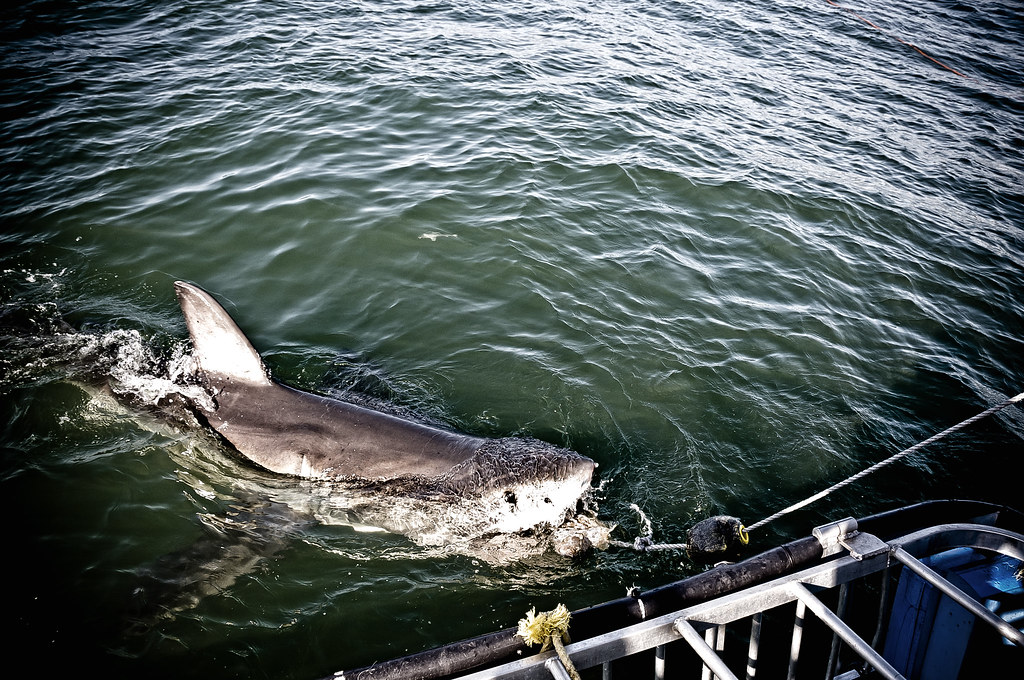
Facing economic ruin, the tourism industry scrambled for solutions. In an effort to save the industry, the environment minister proposed extending the operating area for False Bay’s cage diving. But without an extension, the sector faced an uncertain future. “If we are unsuccessful at being able to work in that slightly extended area, all companies would close down,” said co-owner of Shark Explorers Stephan Swanson.
The proposal would allow White Shark Cage Diving operators to attract other shark species, such as bronze whaler sharks still in the bay, using chum and other methods. Shark diving companies in False Bay supported this proposal because their businesses had been negatively affected by the decline in great white shark sightings and they feared losing an entire sector and all its jobs. However, this solution faced significant opposition from beach users concerned about increased shark activity near swimming areas.
Global Implications and Lessons

The False Bay phenomenon has broader implications for marine ecosystems worldwide. Over a 20-year period, the authors observed a significant drop in numbers of great white sharks beyond the study area, raising concern that the overall population of the protected species might be in decline. The absence of sevengills and great whites, apex predators, may have a ripple effect throughout coastal South Africa. For instance, it’s possible prey species, such as seals and fish, may increase in number.
The study provides real-world evidence of food web cascades driven by the loss of top-down predation pressure from great white sharks, consistent with ecological theory and laboratory experiments. This research has become a textbook case of how removing apex predators can fundamentally alter marine ecosystems. The speed at which these changes occurred serves as a warning about the fragility of marine food webs.
Beyond False Bay: A Spreading Crisis
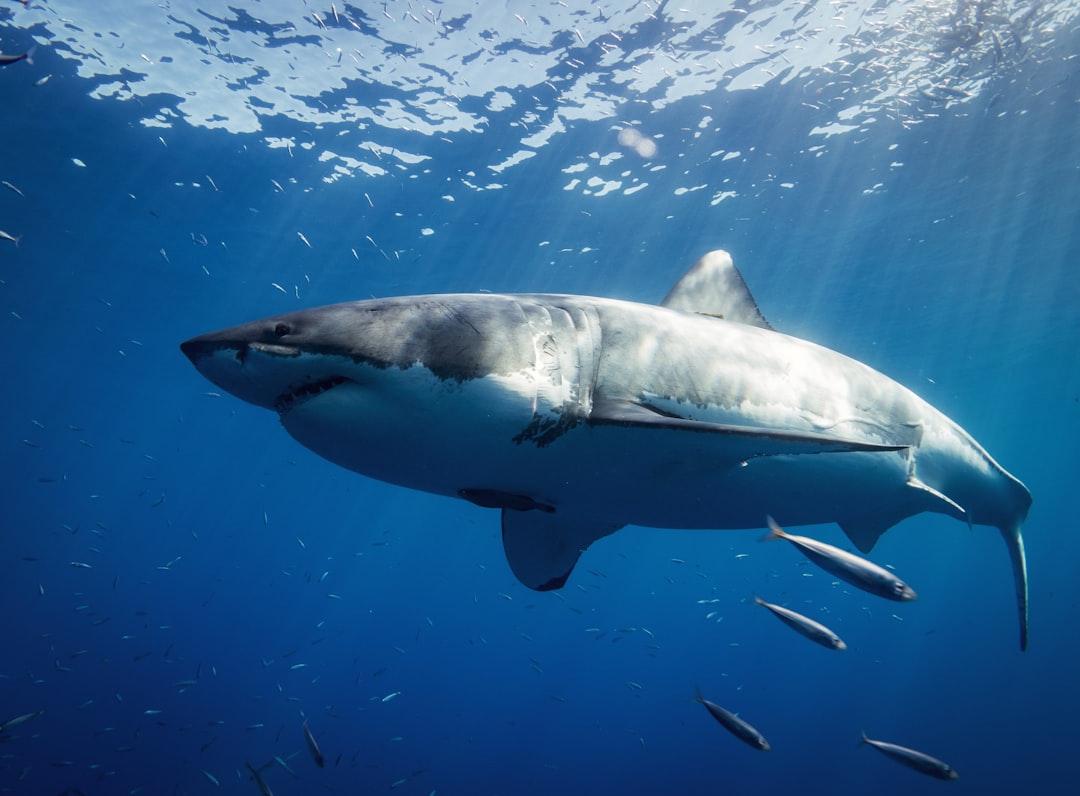
The shark disappearance wasn’t limited to False Bay alone. As of June 21, 2024, the once thriving waters of Mossel Bay had not seen any great white sharks for a few weeks. Both the cage diving operation, White Shark Africa, and local drone pilots struggled to locate these elusive predators. In Mossel Bay, great white sightings stayed relatively steady until around 2021 but had declined since then. In May 2022, drone footage emerged of two orcas killing a white shark, which was really the beginning of the significant changes. Last year, the cage diving company saw “less than one handful” of sightings between April and December.
The pattern was spreading along South Africa’s coastline, suggesting this wasn’t an isolated incident but part of a larger ecological shift. The implications for marine biodiversity and coastal economies were becoming increasingly clear as more areas experienced similar collapses in their great white populations.
The New Reality
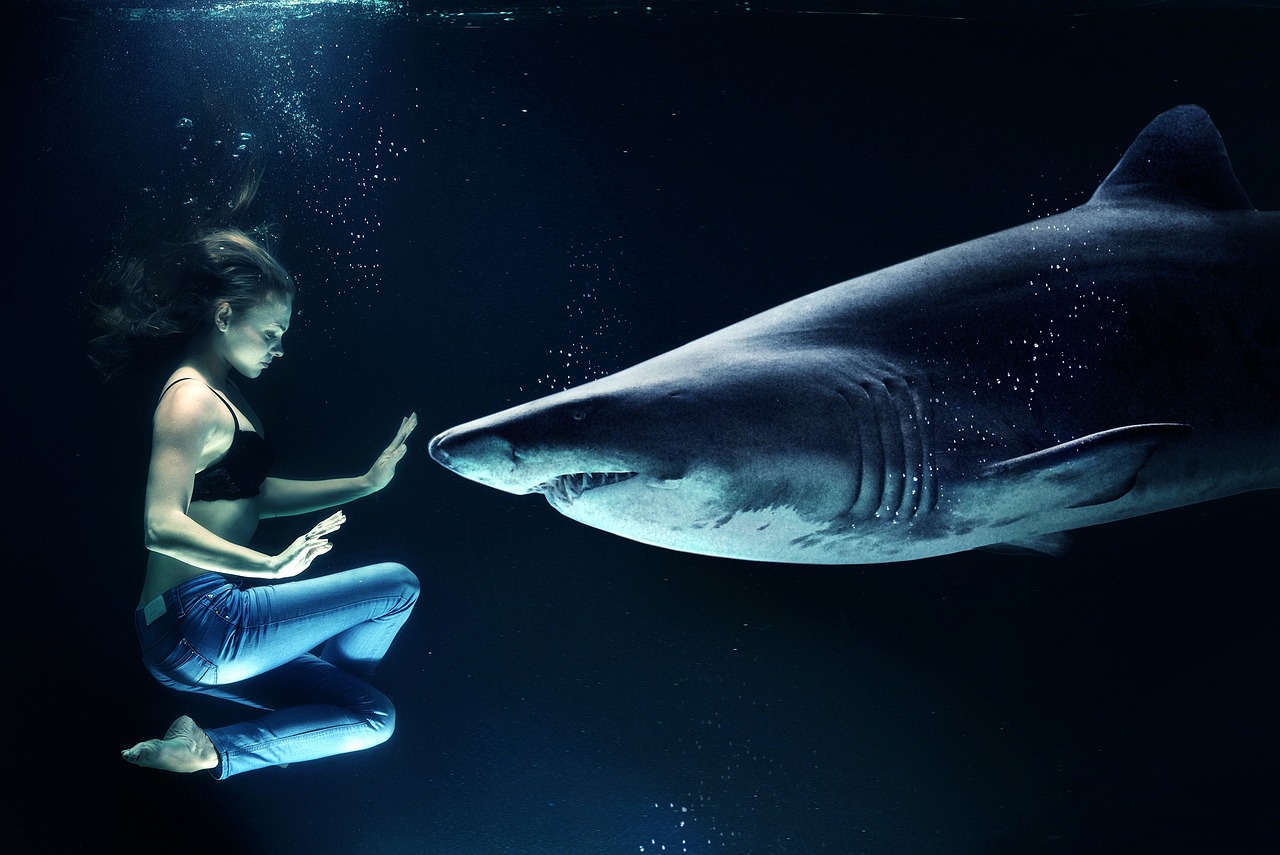
Today, great whites’ incredible aerial displays are a thing of the past at Seal Island. “You’d never know this was a great white hotspot,” said Hammerschlag. Seal Island was arguably the premier white shark viewing and diving spot in the world until about 2017/18. When the great whites vanished, cage diving operators in False Bay were in a quandary.
The transformation was complete and seemingly permanent. What had once been nature’s most spectacular marine theater had become a quiet bay where seals floated peacefully and different species of sharks cautiously explored territories that had been off-limits for generations. The absence of the apex predator had fundamentally changed not just the ecosystem, but the entire character of this famous marine environment.
Looking Forward in an Uncertain Ocean
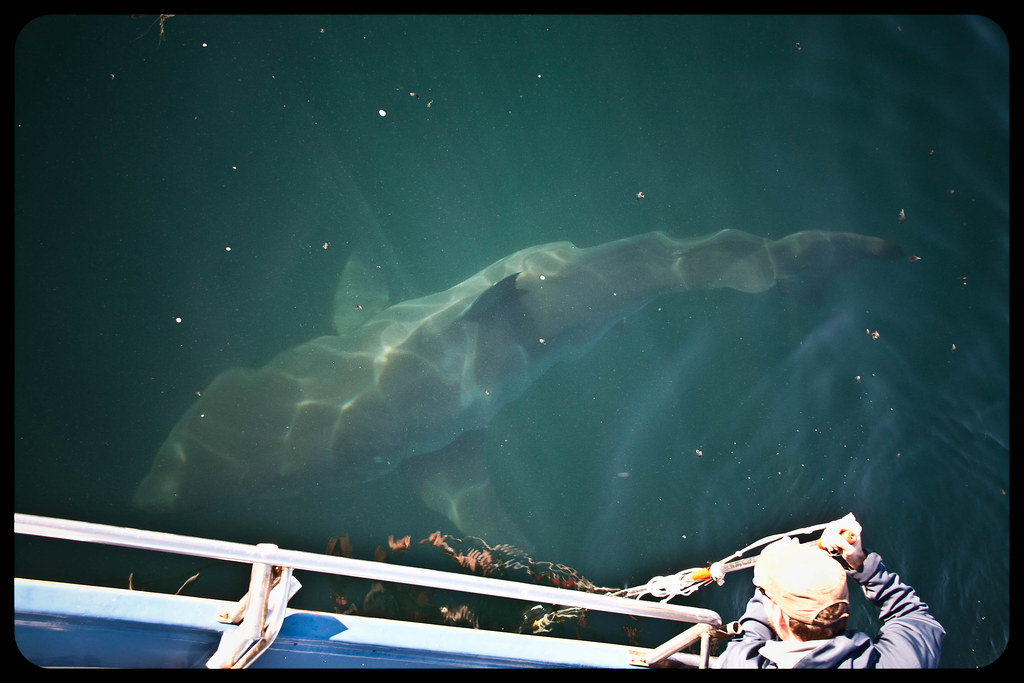
Exactly why the sharks vanished remains a mystery. Without these apex predators to regulate populations, we are seeing measurable changes that could have long-term effects on ocean health. The False Bay case study has become a sobering reminder of how quickly marine ecosystems can shift when key species are removed, whether by human activity, natural predation, or environmental changes.
As researchers continue to monitor the long-term effects of this ecological disruption, one question remains: will the great whites ever return to reclaim their throne as the kings of False Bay, or has this once-legendary ecosystem been permanently transformed? The answer may determine not just the future of South Africa’s marine tourism industry, but also the health of the entire ocean ecosystem along this crucial stretch of coastline.

